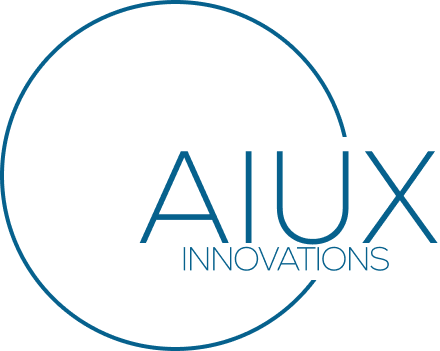Blockchain technology is revolutionizing industries, from finance to healthcare, offering transparency, security, and decentralization. Yet, its adoption remains limited due to complex user interfaces and unintuitive experiences. Bridging the gap between blockchain’s technical potential and user-friendly design is essential to make it accessible to the masses. Here are some key areas where UX improvements can transform the blockchain experience:
Simplified Wallet Management
Blockchain wallets are the cornerstone of interacting with decentralized applications (dApps). However, current wallets often require users to manage long cryptographic keys and seed phrases—a daunting task for the uninitiated. Simplifying wallet interfaces by:
- Offering biometric authentication (e.g., facial recognition or fingerprint) instead of manual key entry, making access seamless and secure.
- Implement social recovery mechanisms, such as designating trusted contacts who can verify a user’s identity and help recover lost access.
- Provide clear language explanations with interactive guides, avoid technical jargon like “public/private keys” and explain their roles in layman’s terms.
Additionally, wallets could integrate visual cues and progress indicators to reassure users during key actions, such as fund transfers or setting up backups.
Intuitive dApp Navigation
Decentralized applications often mimic traditional apps but come with added complexity like wallet connectivity and on-chain transaction approvals. To improve dApp navigation:
- Streamline onboarding processes with step-by-step tutorials, live demos, and contextual guidance at every interaction point.
- Pre-fill complex fields based on user preferences, past interactions, or commonly used templates, reducing errors and friction.
- Display transaction fees clearly in user-friendly terms (e.g., “This will cost $2.50” instead of “0.00007 ETH”) while explaining what the fees cover, such as network maintenance or transaction validation.
Incorporating interactive help buttons or FAQ sections directly into dApps can also reduce confusion and improve trust.
Transparent Fee Structures
Blockchain transactions involve network fees (often called “gas”), which fluctuate based on demand. Users frequently face confusion or frustration when fees spike unexpectedly. Solutions include:
- Fee forecasting tools that analyze historical data to provide real-time estimates, helping users plan transactions.
- Dynamic fee adjustment sliders that allow users to customize the speed and cost of their transactions, with clear trade-offs explained visually.
- Notifications for cost-saving opportunities, such as reminders when fees drop during low-demand periods, ensuring users make informed decisions.
Visual graphs comparing past and predicted fees can further empower users to optimize transaction timing.
Seamless Cross-Chain Experiences
As multi-chain ecosystems grow, users need to move assets between blockchains, often through cumbersome processes. To enhance cross-chain interactions:
- Develop universal wallet solutions that support multiple chains natively, eliminating the need to switch between platforms.
- Simplify token bridging interfaces with clear, step-by-step visuals, highlighting potential delays or risks involved.
- Integrate auto-detection features that identify and adjust for the appropriate network based on user actions, preventing errors like sending funds to the wrong chain.
Enhanced cross-chain search and discovery tools can also help users find compatible dApps and services effortlessly.
Enhanced Security Awareness
Blockchain’s pseudonymous nature makes it a prime target for phishing and fraud. Educating users without overwhelming them is a delicate balance. Effective strategies include:
- Real-time security warnings for suspicious transactions or URLs, using machine learning to identify unusual patterns.
- Gamified security training modules that simulate real-world phishing scenarios, teaching users how to spot and avoid scams interactively.
- Standardized badge systems to verify trusted dApps and wallets, creating a universal indicator of safety across platforms.
Embedding security tips directly into interfaces and providing post-incident recovery tools can further instill user confidence.
Localized and Inclusive Design
Blockchain adoption is global, yet many interfaces lack localization. Catering to diverse user bases by:
- Offering multilingual support with culturally appropriate translations and region-specific examples.
- Adapting design for varying tech literacy levels through simplified and advanced modes, letting users toggle between beginner-friendly and expert views.
- Incorporating accessibility features like text-to-speech, high-contrast themes, and keyboard navigation to ensure inclusivity for users with disabilities.
Partnering with local communities to co-design solutions can help platforms effectively address unique regional challenges.
Making Blockchain Human-Centric
Blockchain has the potential to democratize access to critical services, but only if users, like you, can confidently and easily navigate its ecosystem. Blockchain platforms can unlock broader adoption and meaningful impact by prioritizing user-centered design, simplifying processes, and enhancing security. Your role in this ecosystem is integral and important.
